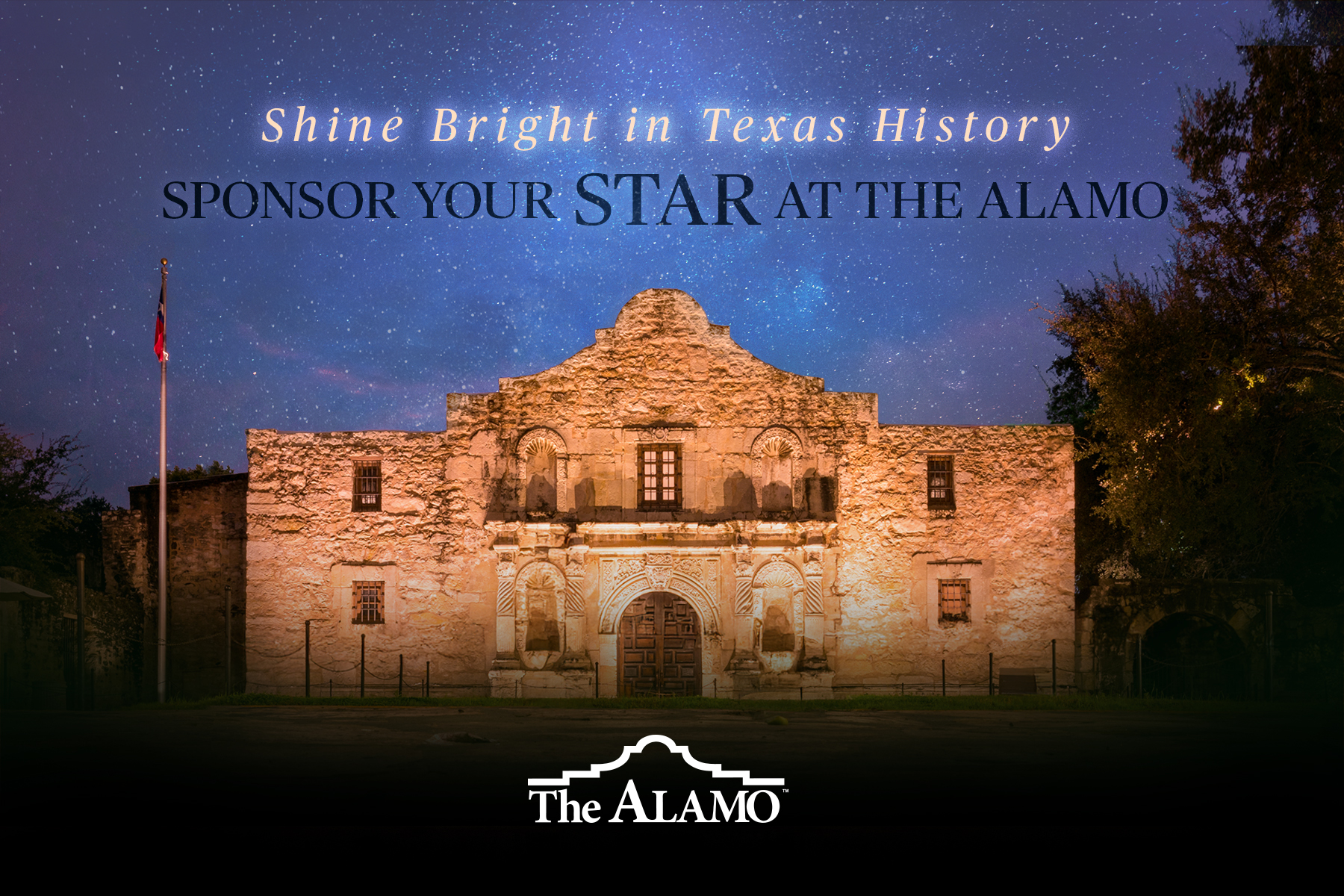FOR IMMEDIATE RELEASE
Download PDF
The Alamo Releases Reports on Alamo Plaza Buildings, San Antonio Civil Rights Movement, and 1960 Lunch Counter Integration in Downtown San Antonio
CONTACT
Kevin Femmel, Alamo Trust, Inc.
kfemmel@thealamo.org
Office (210) 225-1391x3005
Mobile (210) 836-8616
The Alamo Management Committee is excited to release three new reports that help inform the San Antonio community and the long-term development of the Alamo Museum and Visitor Center.
The reports include John G. Waite Associates, Architects' assessment on the Alamo Plaza Buildings, Trinity University's Dr. Carey Latimore's report on the history of desegregation in San Antonio from World War II to the mid-1960's, and the Alamo Research team's report on 1960 lunch counter integration in downtown San Antonio. These reports are intended to inform the San Antonio community and aid in the development of the Alamo Museum and Visitor Center.
"Together, these reports demonstrate our commitment to complete and accurate research," Welcome Wilson Jr. said, Chairman of the Alamo Trust. "We will use them to inform the community, our Alamo partners and others as we develop a world-class museum and visitor center that will honor the sacrifice that the brave Alamo defenders made in 1836," Wilson added. No decisions have been made with reference to the Alamo Visitors Center and Museum.
The John G. Waite Associates, Architects' report "Alamo Plaza Existing Buildings Historical Assessment” study, examines the significance and level of integrity of each of the three buildings on Alamo Plaza. This study was funded by the Alamo Trust. The study ultimately concluded all of the buildings are in sound structural condition and have a strong potential for continued use for new museum spaces and functions.
"The three Alamo Plaza buildings are contributing structures in the National Register and World Heritage Site historic districts that include the Alamo, and each building is architecturally and historically significant in its own right," stated John G. Waite, FAIA. "The potential reuse of all three buildings offers connections between the multiple layers of historic context represented by the Alamo and the downtown late 19th and early 20th century
commercial core of San Antonio," said Nancy A. Rankin, AIA.
Dr. Carey Latimore's study, titled "Civil Rights in San Antonio: WWII to Mid-1960s," was made at the request of the Alamo Trust and funded by the City of San Antonio. The report goes into great detail about the African American Civil Rights Movement in San Antonio, and how the experiences of African Americans in San Antonio are connected to the national Civil Rights Movement.
"The African American Civil Rights Movement in San Antonio was an important historical moment for our city. After conducting this study, I am convinced of the importance of telling this story and it being part of the larger Alamo and San Antonio narrative," Dr. Carey Latimore said, Professor of History at Trinity University. "It is something that should unite all of us. I am grateful that the Alamo Trust provided me the opportunity to do this study. As a historian I am pleased that the Alamo has encouraged me to tell this story and let the historical evidence guide me," Latimore added.
"Dr. Carey Latimore is one of the premier experts on Civil Rights history in San Antonio," said Roberto Treviño, Chairman of the Alamo Management Committee. "We appreciate that his comprehensive study underscores the need for there to be a dedicated space or stand-alone civil rights institute to focus on that historic time in our city and how it contributed to the national narrative. Dr. Latimore and I continue to work on such an institute to be located in the Kress Building on Houston Street," Treviño added.
The Alamo Research team's report "1960 Lunch Counter Integration in Downtown San Antonio" examines press coverage of cafeteria and lunch counter integration in downtown San Antonio on March 16, 1960 and the ongoing debate about how those events were documented. All three reports can be found on the Alamo.org.
About Alamo Trust, Inc. | Located in the heart of San Antonio, the Alamo serves as a sacred memorial to all those who lived, fought and died there. Visitors pay homage to the heroes of the 1836 Battle of the Alamo, a defining moment in Texas History. Alamo Trust, Inc., or the Alamo, tells that story of Texas independence, as part of its 300-year history to over 1.6 million visitors every year. To visit the Alamo is to witness living history, experience authentic artifacts and admire an iconic landmark that shaped the country. Visit thealamo.org.



